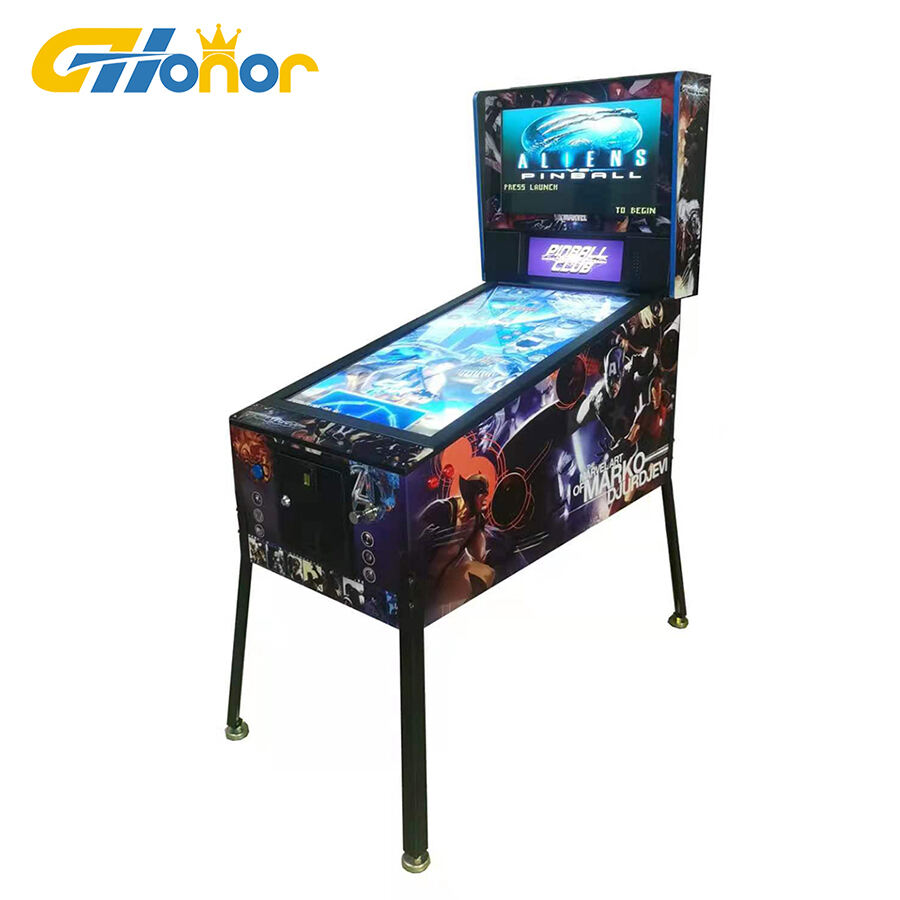A retro game console is a gaming device designed to play classic video games from past generations, typically those released from the 1970s to the early 2000s, offering a nostalgic experience for longtime gamers and a gateway to gaming history for new players. These consoles include both original hardware from the era and modern re-releases (often called "mini" consoles) that replicate the functionality of classic systems in a compact form, pre-loaded with a selection of popular games. Original retro game consoles are vintage devices produced by manufacturers like Atari, Nintendo, Sega, and Sony, such as the Atari 2600 (1977), Nintendo Entertainment System (NES, 1983), Sega Genesis (1988), and PlayStation 2 (2000). These consoles feature hardware and software from their respective eras, with games stored on physical media like cartridges (NES, Genesis) or discs (PlayStation). Collectors and enthusiasts seek out original consoles for their authenticity, often repairing or modifying them to work with modern TVs using adapters or aftermarket parts. Playing on original hardware allows gamers to experience the games as they were intended, with the original controllers, graphics, and sound, preserving the tactile and sensory elements of retro gaming. Modern retro game consoles, or "mini" consoles, are licensed reissues of classic systems designed for contemporary use. Examples include the NES Classic Edition, Sega Genesis Mini, and PlayStation Classic. These devices are smaller than the original hardware, often plug-and-play with HDMI connectivity for easy use with modern TVs, and come pre-installed with a curated selection of iconic games (e.g., the NES Classic includes "Super Mario Bros.," "The Legend of Zelda," and "Metroid"). They replicate the original console’s functionality, including controller ports (or wireless replicas of original controllers), and may add quality-of-life features like save states (allowing players to pause and resume games) or HDMI output for better display quality. Retro game consoles also include emulation-based devices that play games from multiple systems, such as the RetroPie (a software package for Raspberry Pi that emulates dozens of retro consoles) or commercial devices like the Hyperkin RetroN series. These consoles support game cartridges or digital ROMs (copies of game data) from various platforms, offering a single device to play games from different eras and manufacturers. Emulation-based consoles often allow customization, such as adjusting graphics filters, using different controllers, or adding new games, appealing to enthusiasts who want a versatile retro gaming experience. The appeal of retro game consoles lies in their ability to evoke nostalgia, allowing players to revisit childhood favorites or discover classic games they missed. They also highlight the evolution of gaming, showcasing how gameplay mechanics, graphics, and storytelling have developed over decades. Retro gaming has become a cultural phenomenon, with retro consoles, games, and accessories forming a thriving market—from collectible original hardware to modern re-releases—ensuring that classic games remain accessible and enjoyable for new generations of players.
